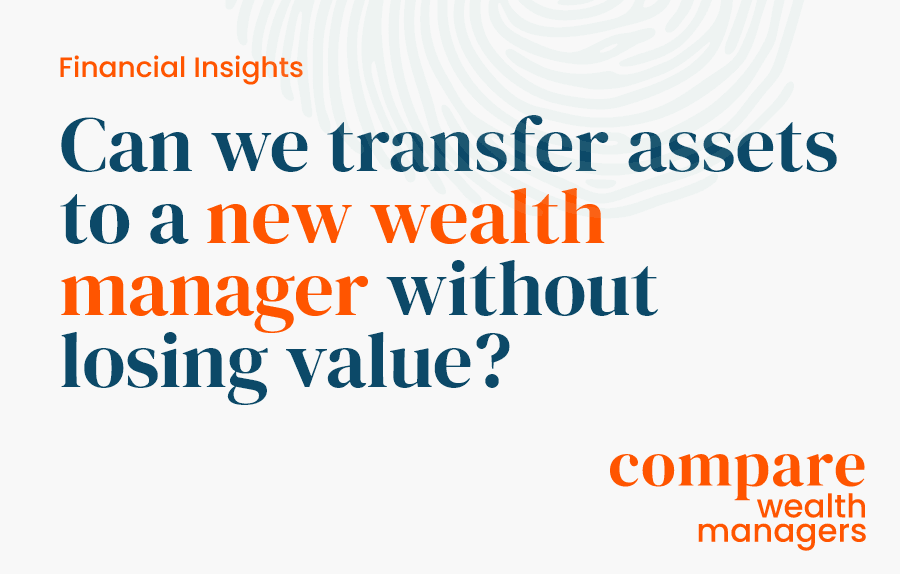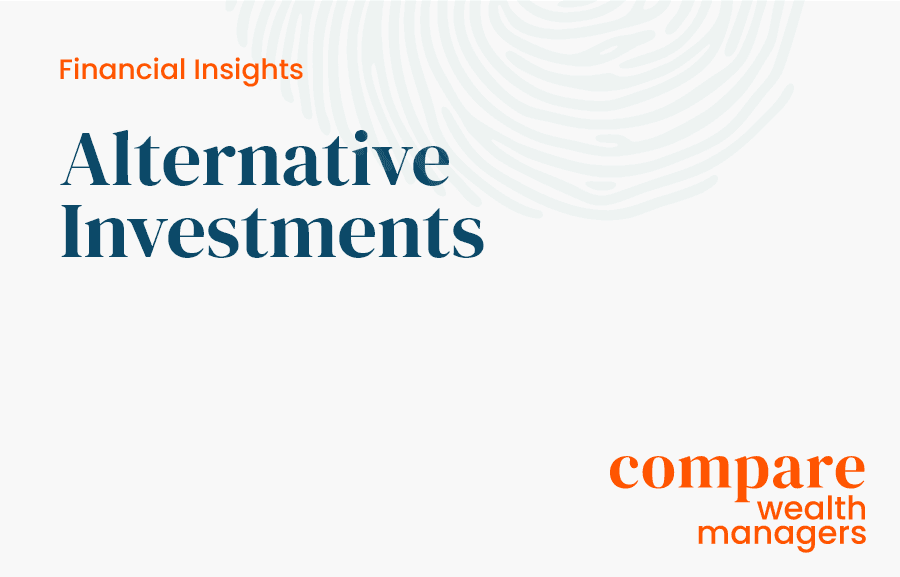Over the past weekend, the intensifying conflict between Israel and Iran triggered renewed demand for traditional safe-haven assets. According to Reuters, Brent crude surged nearly 4%, while gold prices climbed above $2,390/oz, reflecting a classic risk-off response to geopolitical unrest. But today’s wealthy investors aren’t relying solely on gold and treasuries anymore, they're expanding the definition of “safe”.
In this article, we’ll explore where high-net-worth (HNW) investors are retreating in uncertain times, and which havens still deliver safety without sacrificing strategy.
The Classics Still Count But They’re Not the Whole Story
Gold: Shining Bright Again
Gold has surged more than 26% year-to-date, buoyed by central bank buying, inflation hedging, and rising geopolitical anxiety World Gold Council. It remains one of the purest crises hedges in investor playbooks. Yet for many private clients, its lack of yield is a drawback, especially when more sophisticated, income-generating options now exist.
U.S. Dollar: Still the World’s Panic Button
In nearly every global shock, the U.S. dollar benefits from capital flight. The DXY Index rose sharply following the latest Middle East escalation. Even UK-based portfolios often retain dollar-using assets for this reason, particularly via global bonds and equities.
Government Bonds: A Return to Relevance
After a bruising 2022–23, government bonds have regained some haven status. 10-year UK gilts are yielding around 4.5%, and U.S. treasuries around 4.4%, offering both safety and income once again, via Bloomberg. These yields reflect a significant reset in the bond market, offering HNW investors a viable income stream without taking on equity risk. For those seeking capital preservation with moderate returns, sovereign debt is once again a credible core holding.
The Modern Havens: Where the Smart Money Is Evolving
Infrastructure: Resilient Income from Real Assets
Long-term infrastructure, such as renewable energy projects, transport links, and data centres, is increasingly favoured for its inflation-linked income and inelastic demand.
Funds like Pantheon Infrastructure and 3i Infrastructure have seen strong inflows from institutional and private investors alike. According to Preqin, infrastructure fundraising hit a record $151bn globally in 2024.
Private Credit: Stability with Yield
Private credit, direct lending to businesses outside traditional banks, is booming. As banks retrench, this space is expected to grow to over $2.8 trillion by 2028, according to Norton Rose Fullbright. It offers strong yields (often 7–10%) with relatively low volatility, particularly attractive during rate uncertainty.
Farmland, Timber, and Alternatives
Natural assets like farmland and timberland have emerged as low-correlation, inflation-resistant plays. U.S. farmland values rose 5.0% in 2024, reaching an average of $4,170 per acre, according to USDA, and sustainable timber portfolios are drawing ESG interest as well.
Fractional ownership platforms are also bringing collectibles: fine art, rare watches, even vintage cars, into the fold as inflation-resistant “lifestyle hedges.”
What Wealth Managers Are Doing Now
At Compare Wealth Managers, we’ve seen advisers across our panel increasingly blend traditional havens with modern hedges. A typical approach includes:
- Maintaining core exposure to USD and gold
- Introducing infrastructure and private credit as ballast
- Rotating equity allocations toward low-volatility or dividend-focused sectors (e.g. healthcare, utilities)
- Exploring ESG-aligned real assets for longer-term resilience
A well-constructed multi-asset portfolio now often includes 10-30% in alternatives, a proportion that would have been unthinkable a decade ago.
Crisis-Proofing Without Overreacting
While safety is important, over-allocating to havens can backfire, especially if it leads to missed growth. History shows that market recoveries often begin when headlines are still grim.
A measured approach is key:
- Review portfolio correlations, not just returns
- Ensure income diversity (dividends, bond coupons, real asset yield)
- Consider FX risk and geographical concentration
- Don’t let fear override long-term strategy
Behavioural research consistently shows that emotion-led rebalancing leads to underperformance; a timely adviser-led review can prevent that.
The New Playbook for Old Problems
Safe-haven investing has evolved. While gold and bonds still play a role, today’s wealth managers are looking further afield, to infrastructure, private credit and real assets, to build portfolios that endure volatility and emerge stronger.
Looking to crisis-proof your investments without sacrificing opportunity Compare Wealth Managers connects you with FCA-regulated advisers who specialise in long-term wealth resilience. Click the orange “Start comparing” button to explore your options now.





